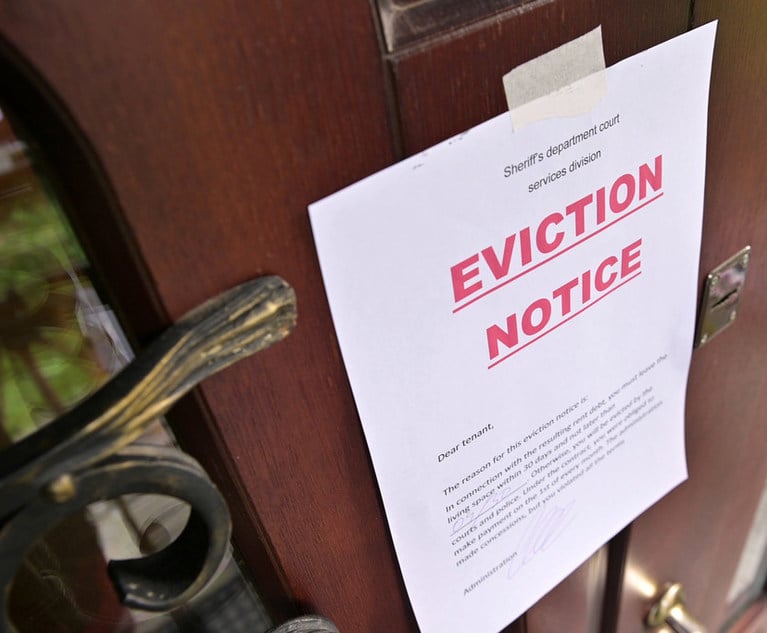In New York City, personal injury actions arising from accidents caused by defective sidewalks are governed by §7-210 of the Administrative Code, often referred to as the Sidewalk Law of 2003. The law was intended to shift liability for improperly maintained sidewalks from the City of New York, which had borne that responsibility under the common law, to abutting commercial landowners. Because hazardous sidewalks are, unfortunately, all too common in the city, the law has proven to be extremely significant for tort litigation, and has been the subject of frequent interpretative disputes.
The Court of Appeals has addressed issues arising from the interpretation of the statute three times since its enactment: in Vucetovic v. Epsom Downs, 10 N.Y.3d 517 (2008); Sangaray v. West River Associates, 26 N.Y.3d 793 (2016); and, most recently, He v. Troon Mgmt., __ N.Y.3d __, 2019 WL 5429374 (2019). The He case, which was handed down on Oct. 24, 2019, held that out-of- possession landowners cannot shift the duty to maintain their sidewalks to their tenants. In this column, we will survey the Court of Appeals’ case law concerning the Sidewalk Law, and explain where the law now stands following He.


 Icey sidewalk/credit: kolt_duo/Shutterstock.com
Icey sidewalk/credit: kolt_duo/Shutterstock.com




